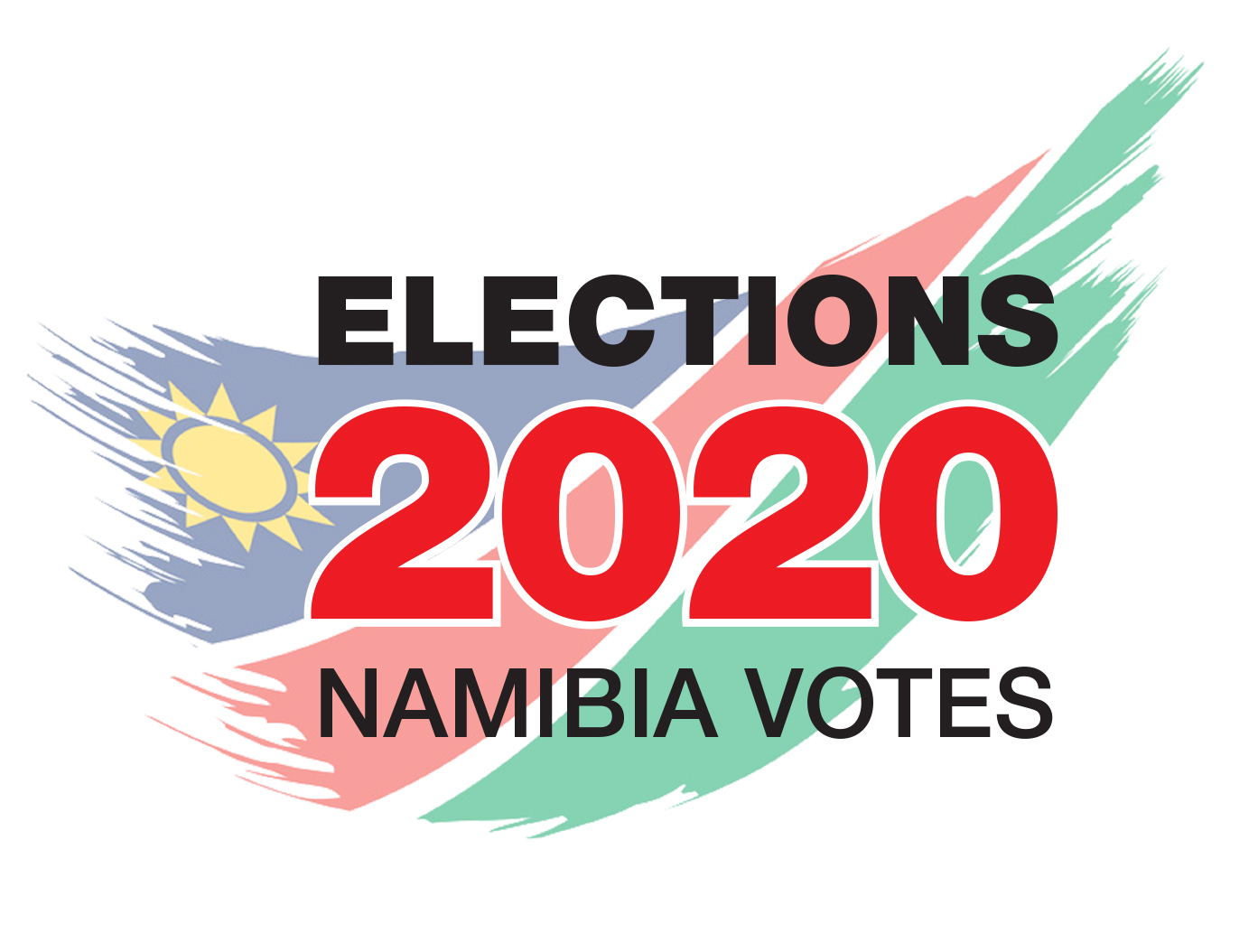With 2020 another significant election year, indications are that many Namibians are still unsure about what types of voting systems are used at various levels of state.
The by-elections conducted in a few constituencies in January were an early indication that Namibia is once again primed for elections in 2020.
However, comments encountered on social media point to many Namibians probably not being clear about what sort of voting systems are used in the various elections that take place regularly for political office-holder positions at the levels of state.
To be clear, the following elections, in which ordinary, eligible Namibians vote, are held every five years (although not the same year):
- Presidential;
- National Assembly;
- Regional Councils;
- Local authorities.
As for the types of voting systems, Namibia uses three types, specifically:
- Proportional representation;
- Majoritarian;
- First-past-the-post.
As for which voting system goes with which election, the following:
- Presidential = majoritarian;
- National Assembly = proportional representation;
- Regional Councils = First-past-the-post;
- Local authorities = proportional representation.
Various explanations for what these different voting systems are or entail can be found through an online search of each.
The book ‘Guide to Namibian Politics’ gives an overview and history of the introduction of these voting systems in Namibia, so for a brief introduction on the topic, see here.
As the country goes to the polls again this year, it is important to know which voting system applies to which election.

